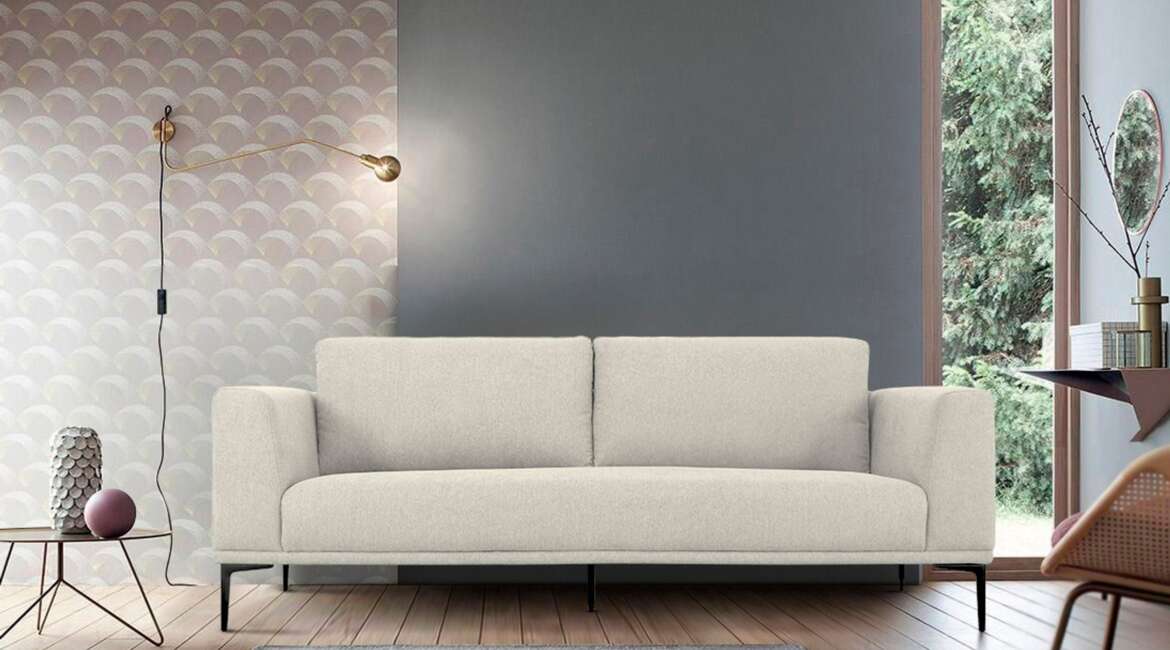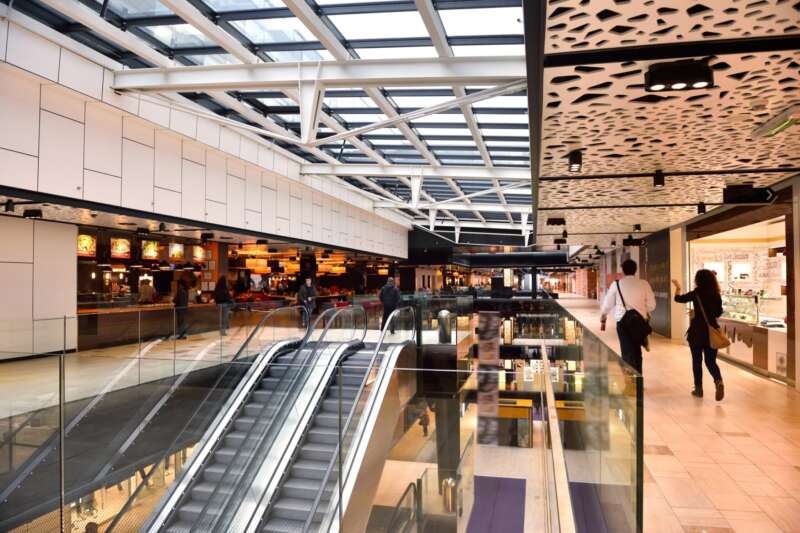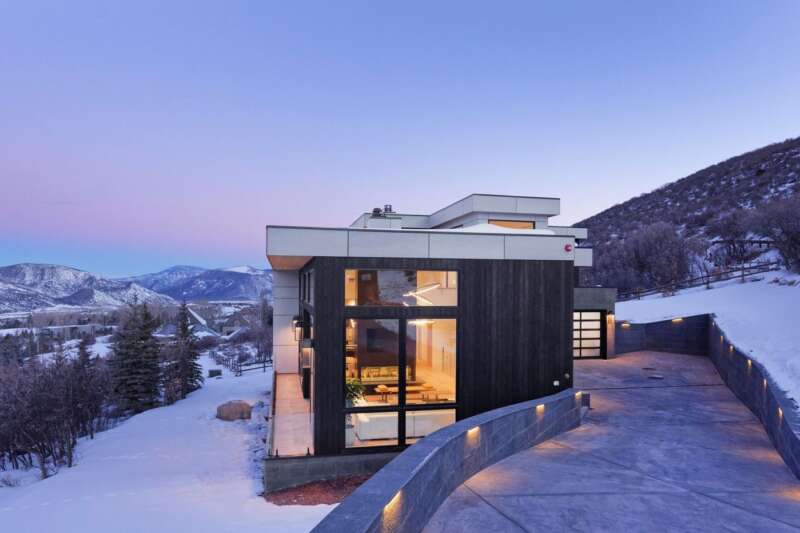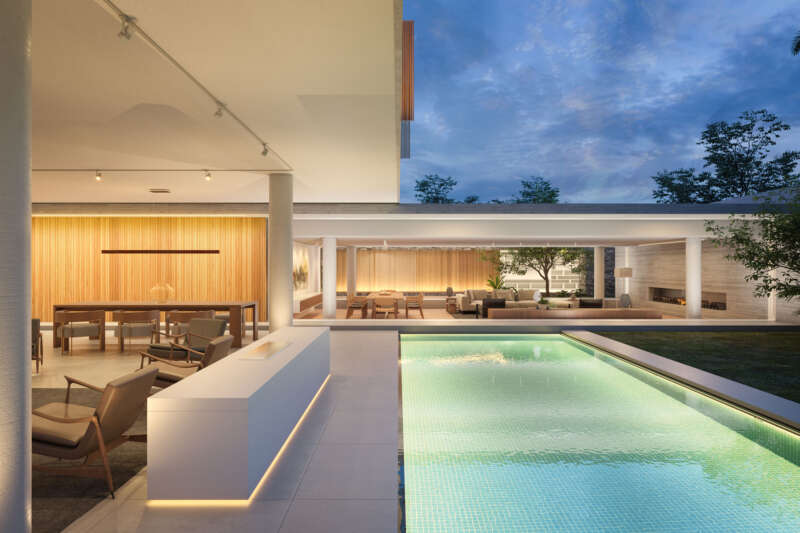Lighting and Health
The effects of lighting on your family’s health are huge. In fact, along with proper nutrition and exercise, light is one of the biggest factors that affect physical health.
But how do you know which types of light bulbs have the most positive effects on physical health?
We’ve put together valuable information for you on the effects of LED lighting on health and well-being.
How Lighting and Health Work Together
Whether you’re a night owl or an early bird, your sense of wakefulness is influenced by light. That’s because of our circadian rhythm — aka the natural 24-hour cycle inside us that responds to environmental cues like daylight to inspire actions like eating, sleeping or exercising.
The total amount of light you’re exposed to in a day has effects on physical health, but the color and temperature of lighting can also make a difference.
Three major ways your physical health can be impacted by the lighting you experience.
Effects of Lighting on Physical Health
Sleep
Getting enough sleep every night can be a real struggle. Living in a dimly lit environment only makes it worse. Alongside strategies like keeping a consistent bedtime and limiting screen views before bed. Studies have shown that the more light-filled your days are, the better you’ll sleep.
Vision
Most of us have more difficulty seeing in the dark than we do in the light. But does that mean you should just stock your home with more light fixtures? Not necessarily because the wrong kind of light can also impede your vision. You’ve likely heard about the blue light that emits from digital devices and how it can cause eye strain and headaches. Warm vs. cool lighting can alter the ambiance in a room, but it can also affect how well you can see for activities like reading and food prep. And some bulb types, like fluorescent, can cause eye strain, increased stress levels and headaches.
Mood
If you’re not exposed to much daylight, your body will have trouble producing sufficient vitamin D. This nutritional powerhouse helps keep our bones strong while reducing risks for heart disease, obesity and other maladies. It also helps keep our mood on the positive side, warding off seasonal depression and other emotional difficulties that have dire effects on physical health.
LED Lighting Effects on Health and Well-Being
LED lighting and health go together like sunny days and a happy attitude. Whether it’s due to their energy efficiency, their versatility or their lack of toxic chemical components the effects of LED lighting on health and well-being are manyfold.
Here are three ways LED lights can elevate your home while supporting your family’s physical health:
Take Control Over Your Environment
One of the smartest ways to combine lighting and health in your home is to choose light bulbs that mimic natural daylight. The result is a well-lit space that helps improve focus and clarity while delivering positive effects on physical health. They’re available in a range of sizes, shapes and wattage that let you take control of your home’s lighting environment like never before.
Replace Light Bulbs Less Often and More Safely
As you relearn how to read a modern light bulb box, you’ll see a projected period of LED bulb usefulness noted alongside terms like lumen, Kelvins and Color Rendering Index. Those notations will help you select appropriate brightness for your home — and take some time making a thoughtful choice because those LEDs will last a lot longer than old-fashioned incandescents. How much longer? An incandescent light bulb has a lifespan of about a year whereas an LED bulb can keep effectively illuminating for 20 years or more. That means you’ll have to replace them much less often, which is particularly helpful in hard-to-reach fixtures in stairwells and high-ceiling rooms. You can also say goodbye to safety concerns about toxic chemicals like mercury causing negative effects on health because LEDs are mercury free.
Save Your Wallet and Our Shared Planet
Trying to save money doesn’t always have great effects on your physical health. But the positive effects of LED lighting on health and well-being actually do extend to your wallet. LED lights use a fraction of the energy that other bulbs do, which translates to lower utility bills for a higher quality of illumination. You’ll also save money because you won’t have to buy replacement bulbs as often. While you’re enjoying those brilliant savings, you’re also doing a solid for our shared planet.








